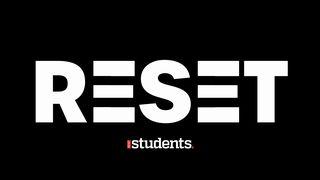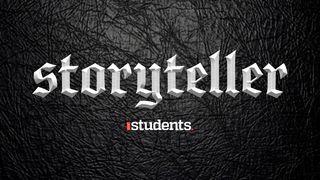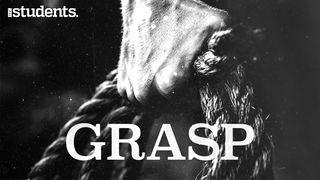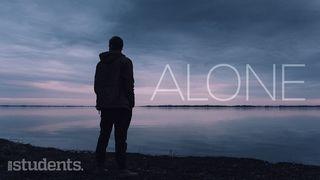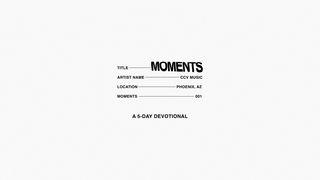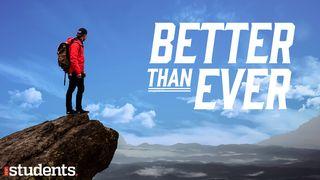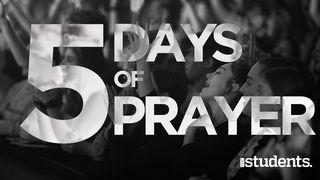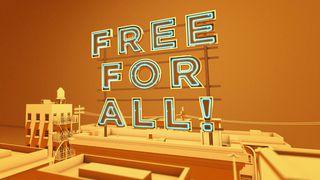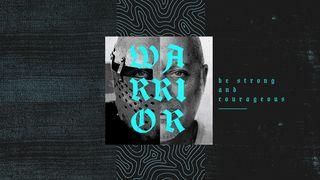Changed: CCV StudentsSample
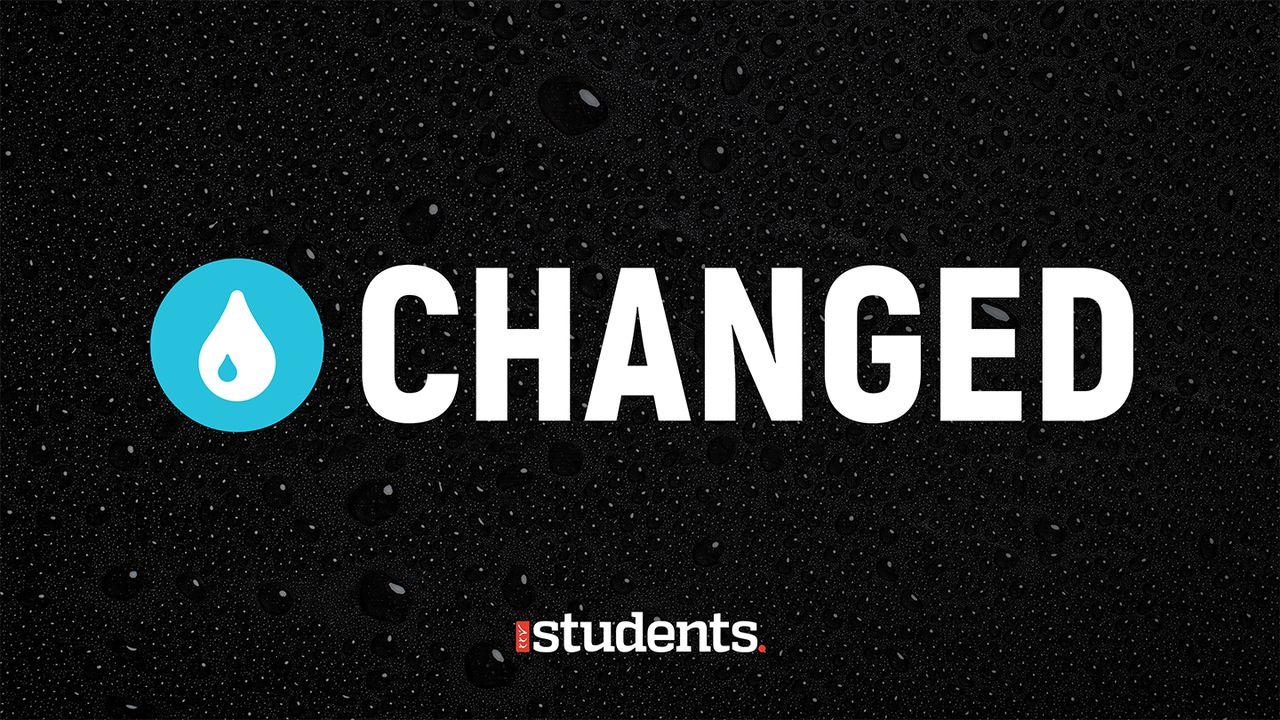
TRUSTWORTHY
How do we know that the Bible we hold in our hands today is ACTUALLY what God wanted to say to us when it was originally written? I mean, this collection of books was written between 2,000 and 3,500 years ago, by 40 different authors, from a completely different time and culture. These writings were way before copy machines, so humans had to write out copies by hand (in three different languages, by the way). It would be reasonable to assume that some things would change along the way, right? If you ever played the game “telephone” as a kid, you can see how one statement whispered down the line to just 10 different people turns into a completely different message by the end. This is a very common question about the Bible, and it can cast some doubt on whether or not we can trust what we read in the Bible as the actual truth of God.
In the interest of time, let me just address two of the biggest points in hopes that it will settle the issue a bit for you. First, the act of copying documents during this time period was a serious discipline. People called “scribes” would sit down with the original document and a blank sheet of paper (it was technically more of a scroll, but you get the idea). They would then slowly and methodically copy the document ONE LETTER AT A TIME. Then, when they finished a page, they would go back and check their work confirming each and every letter. If they found so much as one letter had been changed or left out, they wouldn’t scratch it out, they wouldn’t call it “close enough” and keep on going…they would take that page that took them hours to copy and destroy it. They’d physically burn the thing to make sure it could never be confused for an accurate copy, and they’d grab a fresh sheet of paper and start all over again. Sounds like a pretty exciting job, right? (insert eye-roll emoji)
Second, for any historical document, one of the determining factors that historians use when assessing the reliability of a piece of writing is the amount of time between the earliest manuscript (copy) and when the event actually took place. For example, if there was an ancient document written about a battle between the Vikings and the Scotts, but the earliest copy of that document was written 500 years after the battle it described (sort of like an ancient history text book), it might call into question how accurate that re-telling of the story actually is. I mean, how much could have changed in the re-telling of that story if 500 years went by before it was actually written down? Well, of all the ancient historical documents we have floating around out there, the Bible actually has the smallest gap between the events that took place and the earliest written records of them (especially for the New Testament). To put things in perspective, we have copies of manuscripts of some of the Gospels (the first four books of the New Testament that tell the story of Jesus) that were written only about 30-40 years after the events they describe. On the other hand, other historical figures like Alexander the Great or Caesar Augustus (people whose stories are in every world history book and rarely questioned) have their earliest manuscripts written SEVERAL HUNDRED YEARS after their lives. If you trust what you’ve learned in history class about these ancient civilizations, you have no reason not to trust that what the Bible says happened is what actually happened!
Okay, that was a lot (and there is still a lot more we could discuss on the topic). But, for now, take a deep breath, read the following passages, and thank God that He went to so much trouble to make sure His message to us was accurately passed down over thousands of years so that you could sit here today and know Him the way you do.
About this Plan

So, you’ve decided to get baptized and begin living your life as a Jesus-Follower? First of all, that’s awesome…congratulations!!! Second, you’re probably asking yourself: “so now what?” What’s next? What do you do now as you start your brand-new life following Jesus? This reading plan will guide you through some of the essentials of growing closer to Jesus as a new Christian.
More
We would like to thank Christ’s Church of the Valley for providing this plan. For more information, please visit: http://ccv.church/students
